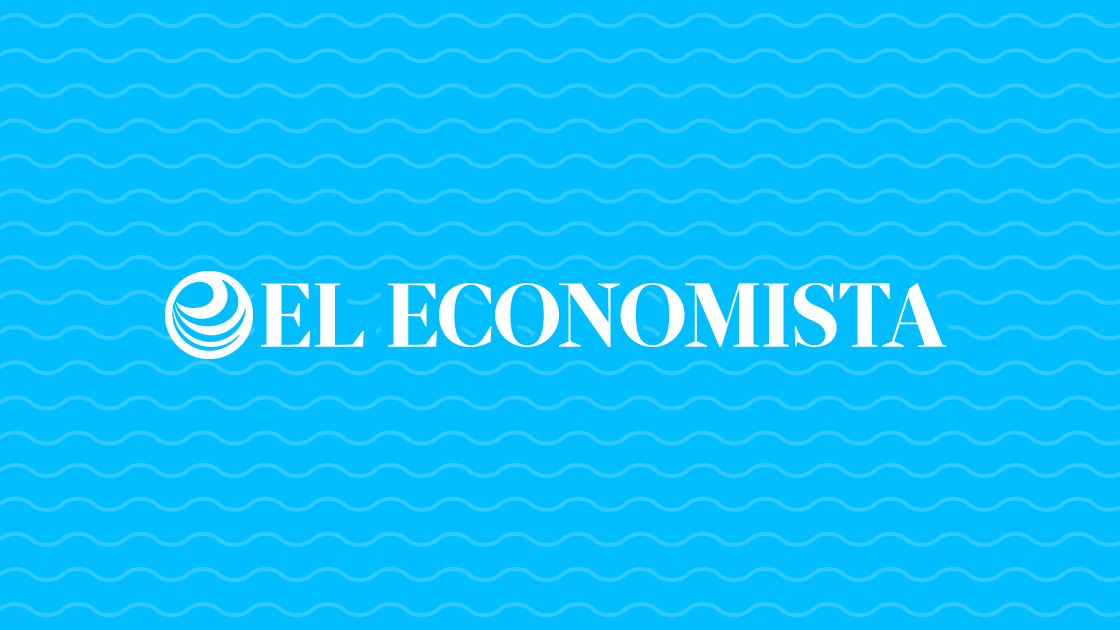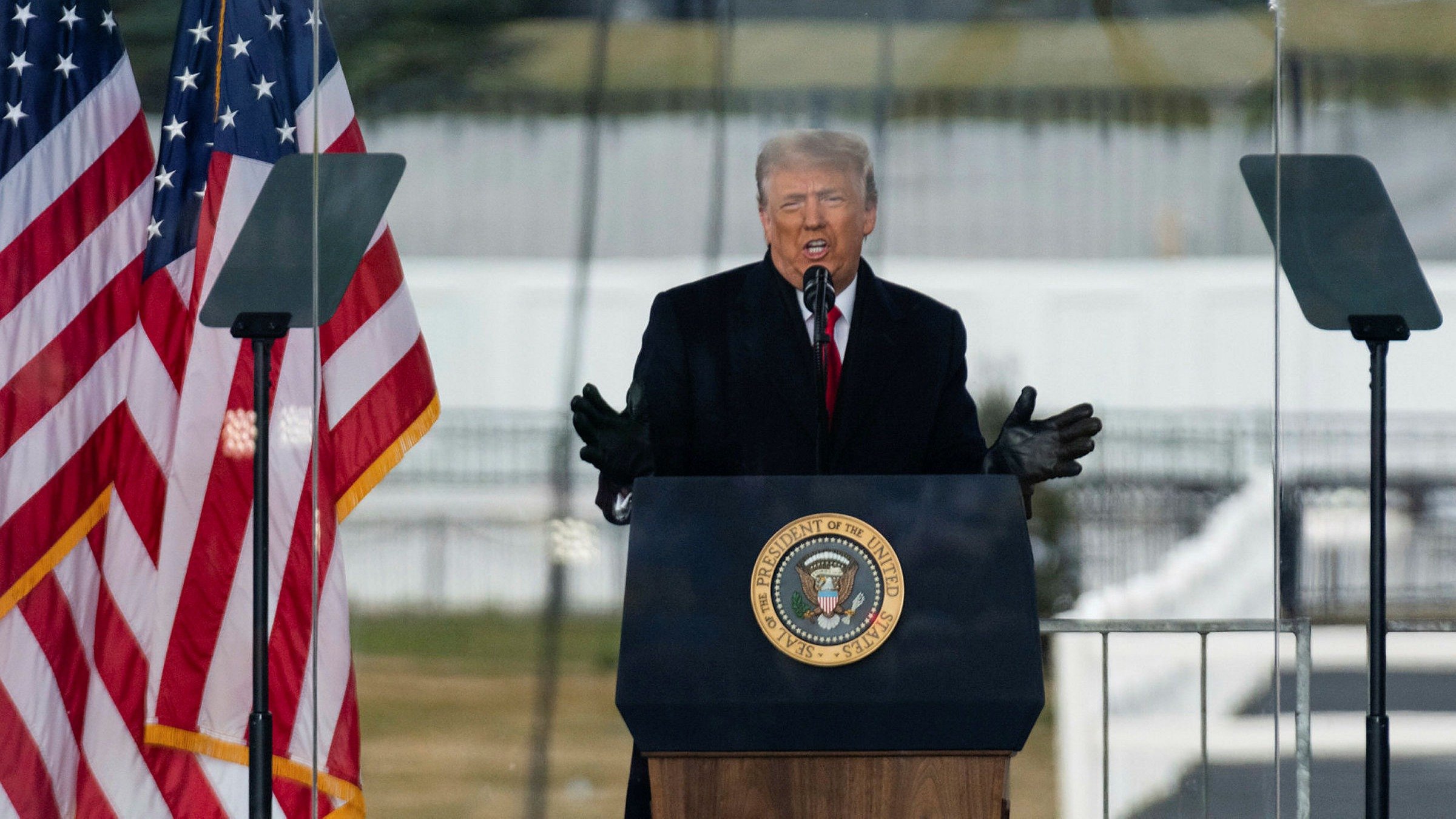A key index of US inflation showed price increases holding steady in May while consumer spending slowed sharply, according to government data.
The price index for personal consumption expenditures (PCE) stood at 6.3% annually in May, the same figure as the previous month, reported the Department of Commerce.
The stable trend may be a sign that aggressive interest rate hike plans by the Federal Reserve (Fed) are beginning to have an effect in quelling rising inflation, which has reached its highest level in more than 40 years.
Household spending rose just 0.2%, less than half from April, as consumers pull back amid rising prices.
The world’s largest economy has been suffering for months from a wave of growing inflation, which has been aggravated by the rise in energy prices, as a result of the war in Ukraine.
Excluding volatile food and energy prices, the PCE rose 0.3% in the month, the same as in April, and slowed slightly to 4.7% year over year, according to the report.
The PCE price index is the Fed’s preferred gauge of inflation, reflecting real consumer spending, including shifts to lower-cost items, as opposed to the better-known Consumer Price Index (CPI), which in May increased 8.6 percent.
The PCE also gives less weight to items such as rentals, vehicles and air fares, which have contributed to the dizzying pace of rise in the CPI.
Alarm signal
“The weakening of the inflation-adjusted PCE in May is a red flag about the future path of growth,” Rubeela Farooqi, chief economist at High Frequency Economics, said in a note.
“If in June expenses remain at the level of May, consumption will moderate in the second quarter to only 0.9% annually, against 1.8% in the first quarter and 2.5% in the fourth quarter of 2021.”
That slowdown could please the Fed, which has been raising interest rates since March to moderate demand and thus pressure on prices.
Ian Shepherdson, chief economist at Pantheon Macroeconomics, notes that the three-month average increase has fallen to the slowest pace since November, and that it is a “sharp decline” from February’s 5.7% peak.
A combination of slowing wage increases, plus weak margin inflation and a stronger dollar are beginning to cause a marked slowdown in core inflation, he said, though there is still “a lot to be done.”
Brian Deese, economic advisor to the White House, welcomed the “moderation” of core inflation in the last three months.
Although it cannot influence energy prices, the government is especially focused on sectors where there is a concentration of companies and unusually high prices, Deese said.
Some economists estimate that lower inflation would be accompanied by a brief recession that the Fed believes it can avoid.








